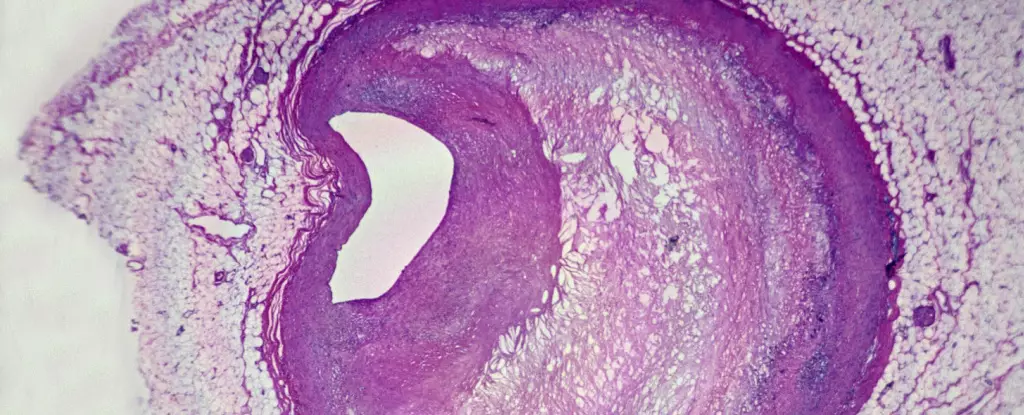In recent years, the proliferation of plastics has become a significant environmental concern, extending far beyond the realm of ecological damage to touch human health directly. Microplastics, tiny fragments of plastic less than five millimeters in size, have infiltrated various aspects of our lives, from the air we breathe to the food we consume. Alarmingly, these minuscule particles have now been found in human tissues, including major organs and even the placenta. This extensive infiltration raises crucial questions about the potential health risks associated with microplastic exposure, particularly in relation to cardiovascular diseases.
As researchers endeavor to comprehend the implications of microplastics on human physiology, they turn to laboratory studies involving organ models and animal testing, primarily focusing on the impacts observed in rodents. However, there exists a considerable gap between the experimental conditions in these studies and the actual, varied levels of microplastic exposure individuals experience in daily life. As scientific inquiry into this topic progresses, the current body of evidence is scant regarding human subjects, necessitating an expansion of research methodologies to elucidate the potential health ramifications of these particles.
A noteworthy advancement in the quest to understand microplastics’ health impacts was made in Italy, where a small-scale study recently identified microplastics in adipose tissue extracted from patients undergoing carotid endarterectomy—a surgical procedure aimed at reducing the risk of stroke by removing fatty deposits from narrowed arteries. Led by Raffaele Marfella from the University of Campania in Naples, this research highlighted a troubling association between the presence of microplastics in fatty plaques and adverse health outcomes, including increased rates of strokes and heart attacks.
In examining 257 patients over a period of 34 months, the research team uncovered that nearly 60 percent had detectable levels of polyethylene in their vascular plaques, along with 12 percent showing signs of polyvinyl chloride (PVC)—a common plastic ubiquitous in everyday products like pipes, bottles, and packaging. The implications of these findings are significant, particularly considering the established connections between microplastics and inflammation in laboratory settings. This raises critical questions about whether these foreign particles could be contributing factors to cardiovascular impairment.
Lab studies on animal models have demonstrated that microplastics can invoke inflammation and oxidative stress within heart tissues. These processes can lead to detrimental effects on overall cardiac function, altering heart rhythms, and even causing scarring in myocardial tissues. Consequently, the study’s findings not only reveal a correlation between microplastic presence and health deterioration but also raise red flags regarding the broader implications of plastic pollutant exposure on cardiovascular disorders.
One particularly stark revelation from this observational research is that patients harboring microplastics in their extracted plaques were found to be 4.5 times more likely to suffer from a stroke, non-fatal heart attack, or die from any cause within the follow-up period. This strong link between microplastics and severe cardiovascular events necessitates further scrutiny into the mechanisms through which these particles may exert their adverse effects.
However, it is vital to approach these findings with caution. As an observational study, it cannot definitively establish causality between microplastic exposure and negative health consequences. The research did not account for other factors that could heighten cardiovascular disease risk, such as smoking habits, sedentary lifestyles, and environmental pollutants. This lacuna highlights a need for more comprehensive studies that can investigate multifactorial influences on heart health in relation to microplastic exposure.
Philip J. Landrigan, a pediatrician and public health expert, emphasized the significance of the study while advocating for further investigation into the implications of microplastics on cardiovascular health. He underlined that while the discovery of microplastics in human adipose tissue opens doors to essential inquiries, the path forward must include strategies aimed at mitigating exposure.
The explosion of plastic production in recent decades positions this issue as not just an environmental crisis but also a public health emergency. While it is reassuring to note that cardiovascular disease rates have seen declines in some regions, the perplexing intersection of plastic exposure and heart health requires immediate attention from the scientific community. As awareness of microplastics grows, the need to understand their potential implications on human health will only intensify. Continued research is paramount to elucidate the full impact of microplastics and ultimately to protect public health in a world increasingly dominated by plastic.

